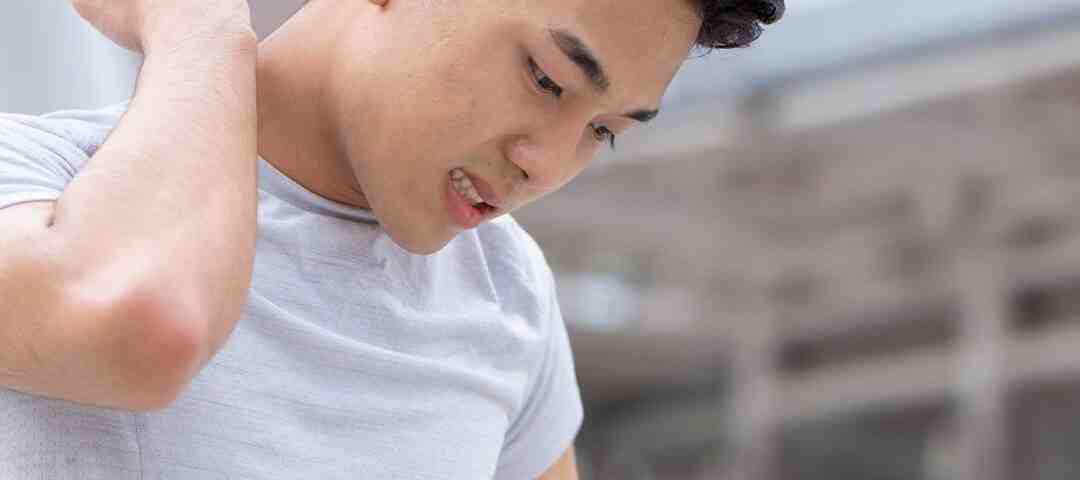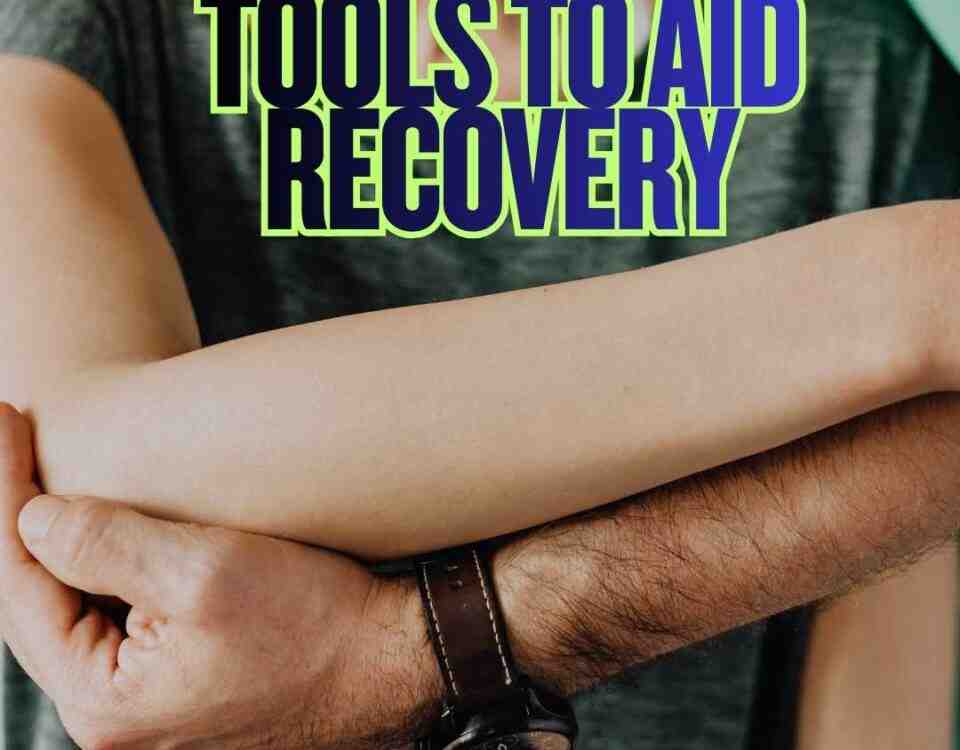5 Common Strained Body Parts After an Accident

Car Accidents and Elbow Injuries
February 12, 2025
How Long Does a Strain Take to Heal?
February 12, 2025- Accident doctor
- accupuncture
- airplane headache
- alzheimer's
- best habits
- Brain Injuries
- car accident
- car accidents
- cervical strain
- colds
- concussion
- Concussions
- disc bulge
- dosage meds
- dry needling
- dull pain
- E bike injuries
- florida
- good posture
- headaches
- Headrest positions
- Headrest positions after an accident
- Healthy choices
- Healthy flying
- healthy gift guide
- Healthy SPring Ideas
- hip pain
- hyperextension
- injury doctor
- insurance
- Kayaking
- kentucky
- kids motion sickness
- lifestyle
- motion sickness
- neck injury
- no fault insurance doctor
- noise healing
- osteoporosis
- pain symptoms
- pink noise
- posterior chain
- posture
- prevent osteoporosis
- Rest
- Scoliosis
- shoulder pain
- Stress with kids after a motor vehicle accident
- TBI
- tips
- tmj
- torn muscle
- Traumatic Brain Injury
- trigger points
- VitaminD
- What are Post Traumatic headaches?
Five Common Strained Body Parts Following Motor Vehicle Accidents
At Chambers Medical Group we deal with a variety of injuries following motor vehicle accidents (MVAs). Some of the most frequent injuries we tend to see are the strains and sprains within the muscles, tendons and ligaments that are overstretched during the impact. These may not cause pain immediately, but they can put a damper on your ability to move in the following days and weeks. I am Dr. Aaron Workman of Chambers Medical Group, one of the highest rated car accident medical care programs in Kentucky, and I will discuss five different injury areas we see following an MVA.
- Neck
Many of the patients that walk in the office door have sustained some degree of whiplash. Whiplash is the strain or sprain of the neck. This tends to be common as the head and neck have little support when the forces of two vehicles collide. The head gets jerked back and forth so quickly there can be little to no time to react. This quick movement leads to the muscles and ligaments being overstretched. It can result in pain in the neck/upper back/shoulders, stiffness, headaches, ringing in the ears and possible dizziness. These symptoms may not show up immediately but can take a while to heal.
- Lower Back
Low back pain seems to be another frequent sprained or strained area after an accident. While you may be strapped into a seatbelt and feel safe, the force from two vehicles crashing will cause jerking or twisting shifts in position that can stretch or tear some of the soft tissue structures of the lower back. If you have a history of low back problems already, then you can expect those problems to return and likely be worse and last longer. This back strain can feel miserable, make you feel immobile, and worsen with every movement.
- Shoulder
The shoulder injury typically shows up in close to half of the people I see. Some patients will not know they have a shoulder injury until you make them go through normal shoulder ranges of motion. It is always a surprise for them when one direction is severely limited with pain. The positioning of the hands locked on the steering wheel, and the seat having contact with the shoulder, leads to an extreme amount of force moving through that joint. It is not uncommon for those shoulders to also suffer from varying degrees of tears. Advanced radiology is typically very useful for a quick proper diagnosis.
- Wrist
As mentioned above, on the other end of the shoulder lies the wrist. During an accident you may be gripping the steering wheel with a rush of adrenaline. This death grip, paired with the force of another vehicle hitting you, can cause the wrist to get jerked in many different directions causing stretching or tearing of the ligaments. These sprains may show up with swelling, bruising, no mobility, weakness and sometimes even a fracture. Fractures in the wrist can be easily missed so proper evaluation and radiology are important if you want the best outcome in healing.
- Knee
From top to bottom the knees can take a beating during a collision. They are sometimes locked out holding down the brake pedal, flailing around hitting the door, dashboard and even your console. The knee will likely result in injuries to the lateral and medial collateral ligaments of the knee, and even the anterior cruciate ligament. These injuries will result in weakness, limping, swelling, and bruising.
If you want to recover from these types of injuries as fast as possible, waiting to see if it gets better on its own is the worst choice. While some minor strains will heal on their own, dealing with multiple soft tissue injuries at the same time can be debilitating. At Chambers Medical Group we strive to help you recover as fast as possible providing various therapies and modalities to help these soft tissue injuries regain stability. The most important step is the first, so if you have suffered an injury from an MVA, find a Chambers Medical Group near you.
— This article is written by Aaron Workman, DC, one of the members of Chambers Medical Group’s team of car accident chiropractors who offer a variety of treatments and therapies ranging from diagnostic testing to various soft tissue therapies for car accidents and injuries in Kentucky.
- Car Accident Medical Clinic in Tampa
- Car Accident Medical Clinic in Plant City
- Car Accident Medical Clinic in Brandon
- Car Accident Medical Clinic in Lakeland
- Car Accident Medical Clinic in Sarasota
- Car Accident Medical Clinic in Louisville
- Car Accident Medical Clinic in Lexington
- Car Accident Medical Clinic in Florence




